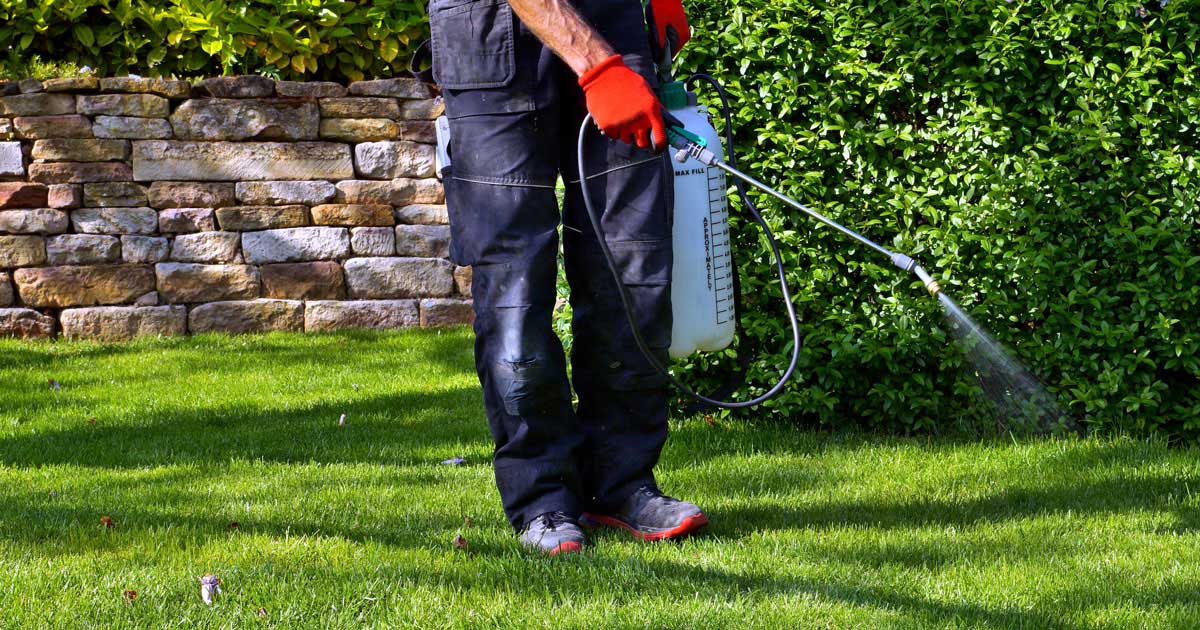Poor balance and medication side effects are two reasons people with neurologic conditions are vulnerable to falling, says Lisa Shulman, MD, FAAN, director of the University of Maryland Parkinson Disease and Movement Disorders Center in Baltimore. To lower your risk, she and other experts offer this advice.
Strategies to Discuss with Your Doctor
Fess up to falls. People who fall don't always tell their doctor, which is a mistake, says Dr. Shulman. A fall may be a sign of a neurologic condition, a vision problem, or a drug side effect-all of which your doctor will want to investigate. "If the fall is a sign of a neurologic condition, treatment and physical therapy may reduce the number of falls," says Pinky Agarwal, MD, FAAN, a neurologist who specializes in movement disorders in Kirkland, WA. "But if the patient doesn't mention it, the result could be a serious injury."
Talk strategies. Most doctors are trained to bring up the topic, says Elizabeth Burns, MPH, a health scientist at the CDC. But if they don't ask, be proactive and let your doctor know if you feel unsteady or worry about falling. Ask if you should switch or stop any medications or reduce the dosage. Talk to your doctor about whether you should take a vitamin D supplement and ask about the best dosage. Vitamin D can strengthen bones, which can reduce falls.
Smart Ways to Make Your Home Safer
Reduce clutter. Maintain clear walking paths between furniture and remove stacks of newspapers and magazines that could cause you to trip or fall, says Laurie Chichester, a physical therapist and vice president with MJHS, a health care system in New York City.
Let there be light. Use night lights or motion sensor lights to illuminate potential obstacles. Place an easy-to-reach light by the nightstand so that you can turn it on when you need to get up and move around in the middle of the night.
Install grab bars. Start with the bathroom and kitchen, where surfaces can be slippery. (Be sure grab bars are properly mounted and avoid those that use suction cups, as they may not support your weight during a fall.) Mount handrails on both sides of staircases.
Keep important items handy. Place frequently used kitchen items in accessible cabinets or on the counter. Avoid high or low cabinets that could upset your balance when you're trying to access items. Most importantly, clean up spills as soon as they occur to avoid slips.
Remove throw rugs. Loose-lying rugs, especially those with tassels, are especially hazardous. Donate or recycle them.
Choose apparel wisely. Avoid loose clothing and slip-on shoes, which can get caught on objects and cause a fall. Ditch the high heels, too. They can be difficult to walk in and can contribute to falling.
Ready Resources
US Centers for Disease Control and Prevention (CDC): Use the center's checklist to help you or a caregiver eliminate falling risks.
National Council on Aging: Consult the council's map to find fall prevention programs near you. The programs are often free or covered by insurance or Medicare.
Toronto Rehabilitation Institute, University of Toronto: Review the institute's chart on the best types of boots to wear to prevent slips on icy streets. Choose a pair that ranks high on the list or one with firm, not slippery, soles.

